DR KAJA FRANCK reveals her most gruesome scenes from Bram Stoker’s novel Dracula (1897)
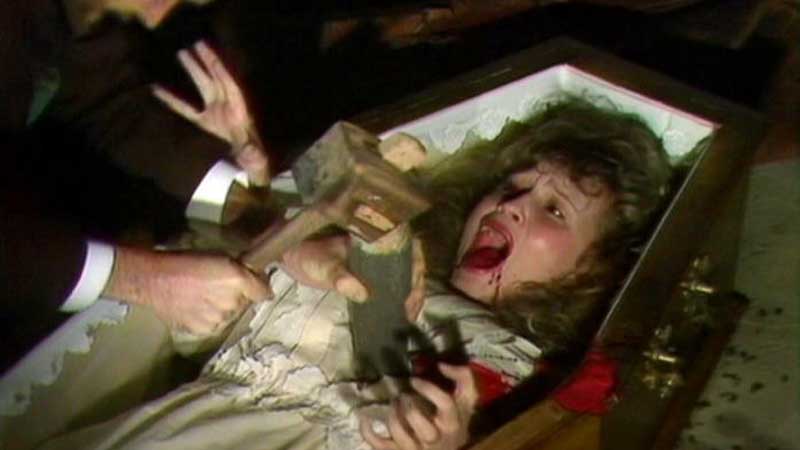
Dracula (1897) has sent thrills of horror down the spines of its readers for over 100 years.
Even those who have not read the novel are familiar with its most famous incarnation, Count Dracula, and the myriad of adaptations which he has spawned.
In many ways we are all Dracula’s children living in a world where our greatest fears have been shaped by Stoker’s antihero.
Yet, though the novel remains a Gothic behemoth, the violence and horror it contains is less explicit than you may imagine.
Stoker invokes an atmosphere of terror, leaving the details to be conjured by the mind of the reader.
Moreover, some of the most dreadful scenes in the text are distressing to the modern reader due to our contemporary understanding of the late Victorian homophobia, sexism and xenophobia that permeates the narrative.
Acknowledging this, I have compiled my top five most gruesome scenes in Dracula. You may disagree and, if you do, I’d be interested in hearing what most affected you.
1. Dracula in his coffin
Following his arrival at Castle Dracula, Jonathan Harker, embodiment of practical, English middle-classness, realises that he is being kept prisoner by the Count.
In order to learn more about the creature that has him held captive, Harker goes on the search for information.
What he discovers is eerie and unnerving.
In a vault under the castle, boxes of newly dug earth are being stored.
In of those is the Count, lying in such a way that he could be asleep or dead.
His eyes are ‘open and stony, but without the glassiness of death’ (Dracula) and his lips are still flushed as with blood.
However, he is not breathing and he has no pulse.
Harker tries to search for the keys to the box but is stopped when he glimpses the look of absolute hatred that the Count gives him – an unholy, unearthly look that forces Harker to flee.
The true horror of Dracula is beautifully expressed in this one paragraph.
2. Renfield’s death
Renfield remains on the most curious characters within the novel.
His is introduced as an inmate in Dr Seward’s asylum – a madman with an uncanny connection to the Count and a love of consuming spiders. Yet he is also eloquent and charming.
Following one meeting with him, Mina Harker is moved to tears by his gentle nature.
It truly cruel, then, that his adoration of Dracula is repaid with violence.
He is discovered in his cell in a pool of his own blood: his face is ‘horribly bruised, as though it had been beaten against the floor’ (Dracula).
His back is broken and he is slowly dying.
Despite his pain and in an act of self-sacrifice, his final words give Van Helsing the information he needs to save Mina from becoming Dracula’s next victim.
3. The vampiresses feasting on a child
Following his realisation that he is Dracula’s prisoner, Harker decides to discover the secrets of his castle.
During one of these wanderings, he falls asleep in a tower room only to be awoken by the arrival of three vampiresses who attempt to feed from him.
Their attack is thwarted by the arrival of Dracula who confirms his ownership over Harker.
One of the vampiresses complains that they will go hungry that night but Dracula, a kind father to his kin, delivers them a bag from which emanates, according to Harker, ‘a gasp and a low wail, as of a half-smothered child’ (Dracula).
Something which leaves both Harker and the reader alike ‘aghast with horror’ (Dracula).
We are not witness to the actual feeding but the mere suggestion is repugnant.
The reversal of the female maternal instinct in the vampiresses attack on the child precipitates Lucy’s transformation into the ‘Bloofer Lady’ and her preferred diet of local children.
4. Mina drinks Dracula’s blood
Renfield’s death (number three on this list) leads to Dr Seward and Van Helsing interrupting Dracula’s continued attacks on Mina.
The two men enter the Harkers’ bedroom to discover Jonathan swooning on the bed.
More unnervingly, Mina is being forced to drink Dracula’s blood in order to transform her into a vampire.
Stoker’s description of the scene is deft and effective.
The Count grips Mina ‘by the back of her neck, forcing her face down on his bosom.
Her white nightdress was smeared with blood, and a thin steam trickled down the man’s bare breast which was shown by his torn-open dress.
The attitude of the two had a terrible resemblance to a child forcing a kitten’s nose into a saucer of milk’ (Dracula).
The final simile, using the kitten and the child, perverts an innocent image and, as with the vampiresses consumption of the child, the power of Dracula to taint and distort purity is made explicit.
Mina’s stained white nightdress hints at the blood stains caused by the loss of virginity on the wedding night.
The marital bed is made into a depraved space where natural reproduction is replaced by unnatural transformation.
5. The Staking of Lucy Westenra
Dracula’s first victim in England is Mina Harker’s beautiful friend, Lucy Westenra.
Following the Count’s ministrations, Lucy is transformed into a vampire, quitting her tomb in order to feed on the blood of young children.
Her behaviour earns her the moniker, the ‘Bloofer Lady’ – a corruption of ‘Beautiful Lady’.
In order to save her soul, Van Helsing leads the men in his group, including Lucy’s fiancé Arthur Holmewood, in staking Lucy and removing her head.
This scene is perhaps the most disconcerting for the modern reader.
Clearly we are meant to empathise with the Crew of Light and be cheered by the destruction of Lucy’s evil alter ego.
Yet, the violent desecration of Lucy’s body by men who proclaim to love her is deeply problematic.
It feels like a punishment for female desire – earlier in the novel Lucy has been proposed to by three men, and these men then fill her veins with their blood during the vampiric attacks, suggesting an all-consuming, sexual appetite underneath her innocent exterior.
It’s hard not to read the image of Lucy’s fiancé ‘driving deeper and deeper the mercy-bearing stake’ (Dracula) into her heart while she struggles and screams as a dark inversion of the wedding night scene.
Van Helsing’s unwavering belief in his actions and moral position uncover Victorian sensibilities regarding the ownership of women’s bodies in an unconscious manner.



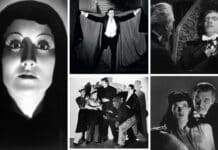
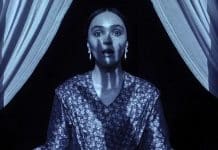
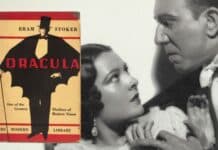

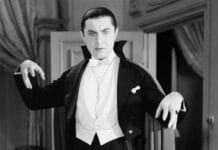
Thank you for sharing this article. Your account has whet my appetite for the novel.
I’d love if they did a real creepy, bloody Dracula – I mean, he’s a serial killer who drinks blood – the baby in the bag is truly horrific! Excellent article!
Fantastic article on one of the greatest horror novels of all time: Dracula! Love the way you worded the analogies and points to note. Being a horror writer myself, I would love to contribute to your site.
Give me Stoker’s good old creepy, bloodthirsty, evil Dracula any day than the soppy, pathetically misunderstood, totally unfrightening teen pinup vampires of today! Vampires should be the malevolent monsters we all grew up being terrified by!
Arrrrgh!Love it!🥰
I find the killing of Lucy vampire the most horrific because it implies agreement with controlling women abusively. By creating this context I think the author deems the men’s behaviour apt.
Actually it has nothing to do with that and, if you read the novel, you would know that is book is a major player in creating a equal world. Just watch the progression of Mina Harker. This scene is shown simply because it is what the characters had to do you save others from getting hurt. It has nothing to do with “controlling women abusively.”